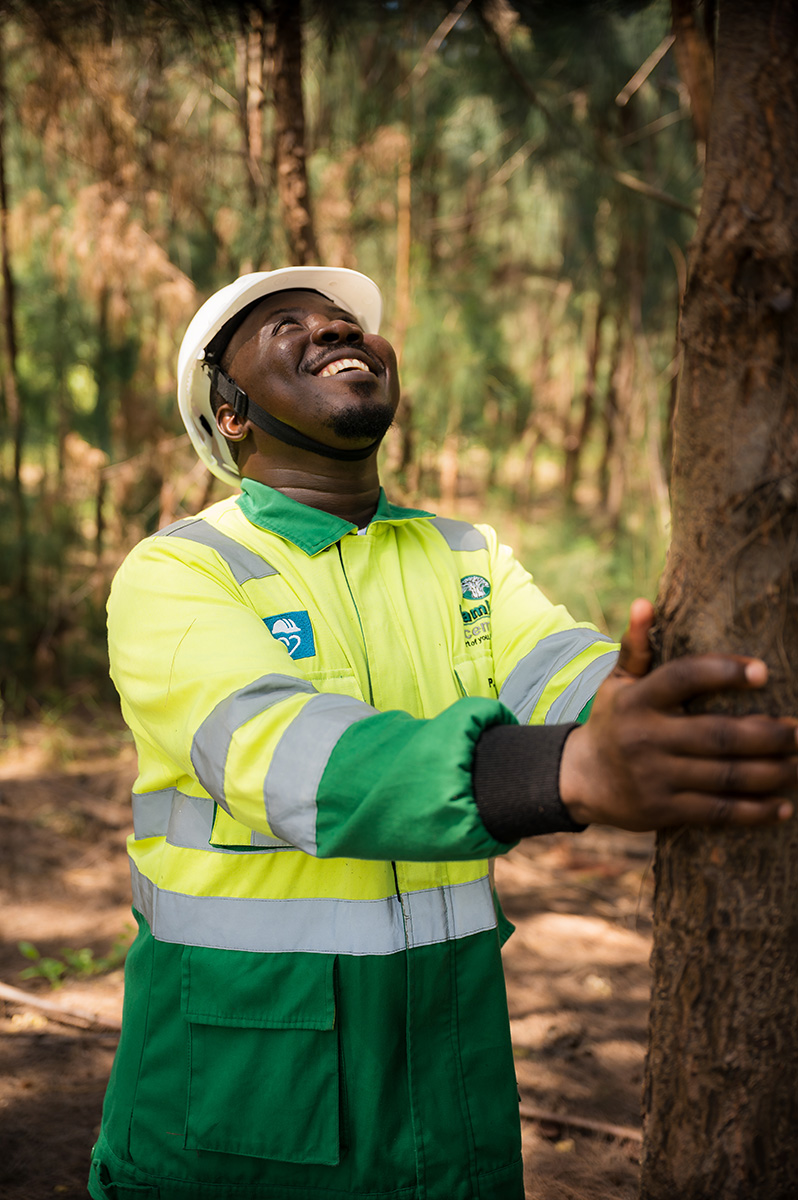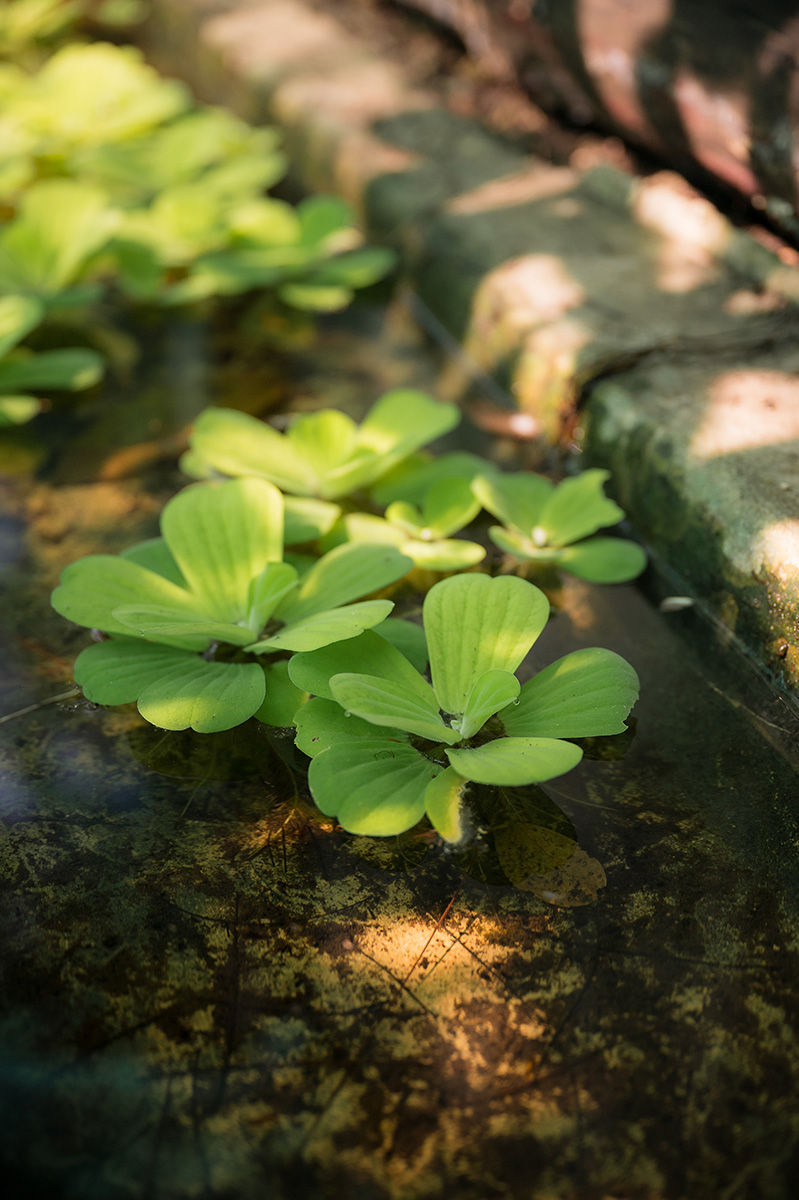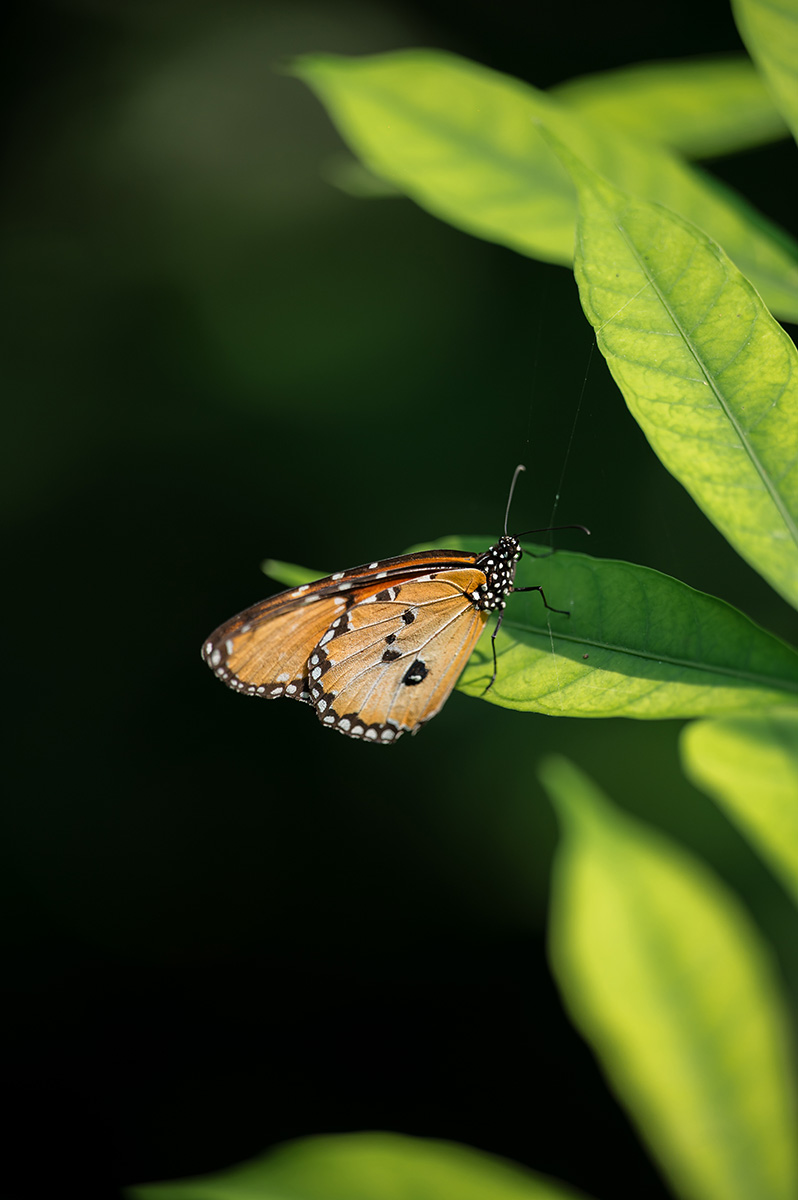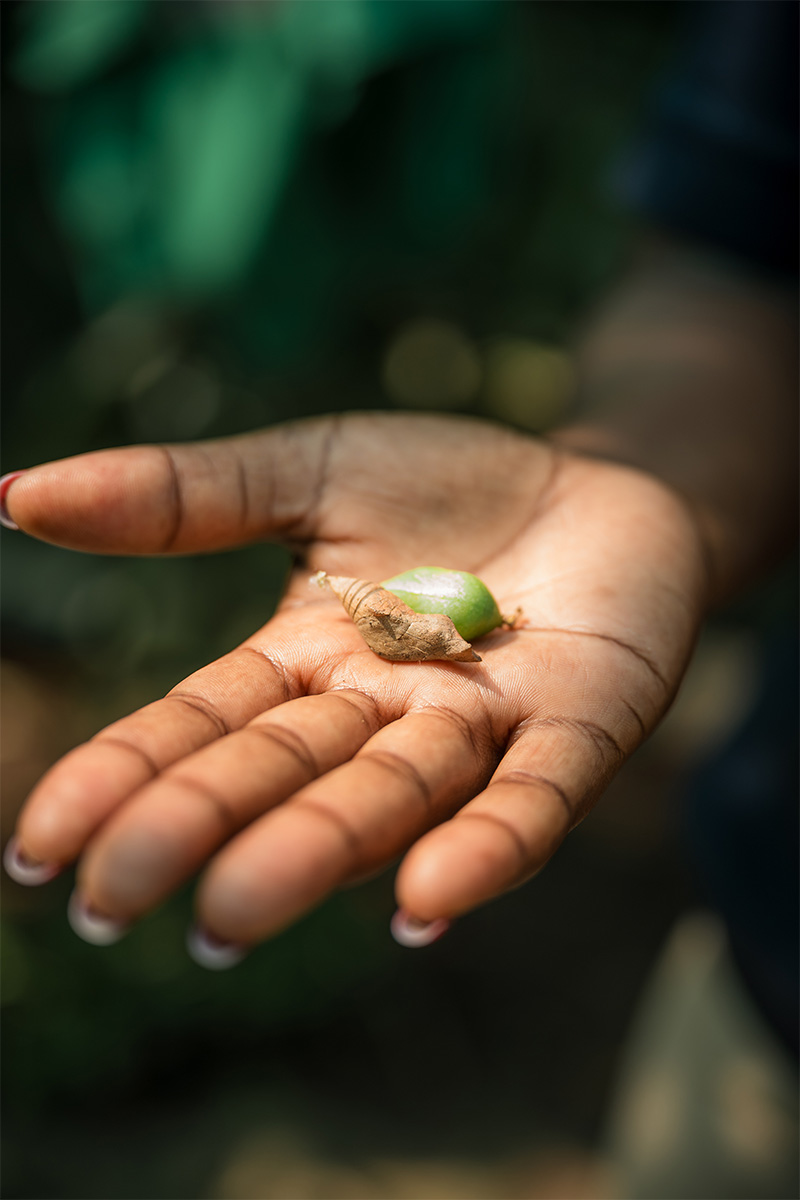Conservation & Restoration
Conservation & Restoration at Haller Park
Haller Park in Mombasa, Kenya, is a living example of how barren land can be reborn into a thriving sanctuary. Once a deserted limestone quarry, the area was transformed by visionary ecologist Dr. René Haller into a green paradise filled with forests, wetlands, and wildlife.
Today, Haller Park is recognized worldwide as one of the most successful examples of ecological restoration, conservation education, and community sustainability.
From Abandoned Quarry to Thriving Ecosystem
In the early 1970s, Bamburi Cement’s quarries were left barren, stripped of life and biodiversity. Dr. Haller began experimenting with pioneer species like casuarina trees, millipedes, and fishponds to slowly rebuild soil fertility and ecological balance.
Decades later, the once lifeless land is now home to:
- Over 30 species of mammals, including giraffes, hippos, and antelope
- More than 160 bird species
- Reptiles, amphibians, and countless insects
- Restored forests and wetlands
🌍 External Reference: Learn about ecological restoration principles at the Society for Ecological Restoration.
Key Conservation Initiatives at Haller Park

Forest Restoration
Millions of trees have been planted, creating microclimates, improving soil quality, and providing shade for wildlife and visitors. Native trees such as neem, baobab, and mangrove have been reintroduced.

Wetland Rehabilitation
Wetlands now filter and clean water naturally, supporting fish, frogs, and migratory birds. They also protect coastal ecosystems from erosion and flooding.

Butterfly Breeding & Pollinator Programs
The Butterfly Pavilion educates visitors on the importance of pollinators and breeds butterflies to release into the forest, strengthening local ecosystems.

Aquaculture Systems
Our integrated fish ponds recycle nutrients from hippos and wetlands, providing sustainable food for local communities while supporting biodiversity.

Wildlife Reintroduction
Once barren, the park now provides safe habitats for giraffes, hippos, crocodiles, antelope, and more. Carefully managed breeding programs ensure genetic diversity and long-term survival.

Environmental Monitoring
Our team monitors soil, water health, species diversity and distribution, and plant growth, enabling us to build a more resilient ecosystem and share effective restoration practices globally
Education & Community Involvement
Haller Park isn’t just about animals and forests — it’s about people, too. Thousands of schoolchildren visit annually for conservation education, guided tours, and hands-on learning.
Local communities benefit from:
- Employment opportunities at the park
- Training in sustainable farming and aquaculture
- Awareness programs on wildlife and environmental protection
This ensures that conservation goes hand-in-hand with human well-being.
Awards & Global Recognition
Haller Park has received worldwide recognition, including:
- Global 500 Roll of Honour by UNEP (1991)
- Featured in National Geographic documentaries
- Case studies in environmental education across the globe
How You Can Support
Sponsor a Tree
Donate to the Butterfly Program
Contribute to Environmental Education
Partner with Us for Research or Community Projects
Quick Facts & Impact
bird species recorded
students hosted yearly for conservation learning
butterflies bred and released annually
years of restoration & environmental leadership

